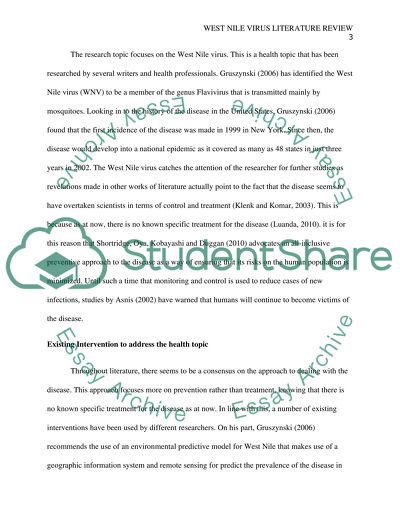Cite this document
(“The Literature Review Assignment Example | Topics and Well Written Essays - 2000 words”, n.d.)
Retrieved de https://studentshare.org/health-sciences-medicine/1498186-the-literature-review
Retrieved de https://studentshare.org/health-sciences-medicine/1498186-the-literature-review
(The Literature Review Assignment Example | Topics and Well Written Essays - 2000 Words)
https://studentshare.org/health-sciences-medicine/1498186-the-literature-review.
https://studentshare.org/health-sciences-medicine/1498186-the-literature-review.
“The Literature Review Assignment Example | Topics and Well Written Essays - 2000 Words”, n.d. https://studentshare.org/health-sciences-medicine/1498186-the-literature-review.


